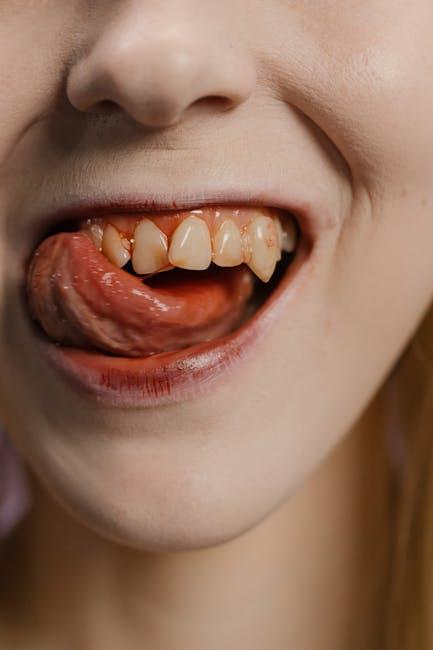
Does Medicaid Cover Dental? Orthodontics, Common Procedures & State Coverage – Healthinsurance.org
Dental health is a crucial component of overall wellness, but many people wonder: does Medicaid cover dental services? Whether it’s preventive care, orthodontics, or common dental procedures, Medicaid’s dental coverage varies greatly depending on the state and the individual’s eligibility. In this comprehensive guide, we’ll explore everything you need to know about Medicaid dental coverage, including orthodontics, the most common covered dental treatments, the differences in state coverage, and practical tips for accessing dental care under Medicaid.
Understanding Medicaid Dental Coverage
Medicaid is a state and federally funded health insurance program designed to assist low-income individuals and families. While it consistently includes coverage for medical care, dental coverage under Medicaid is more complex and varies by state and population group.
Who Gets Dental Benefits Under Medicaid?
- Children (under age 21): Federal law requires all states to provide dental benefits for children enrolled in Medicaid. This includes preventive and restorative care.
- Adults (21 and over): Dental coverage for adults is optional and varies widely by state. Some states offer extensive dental benefits, while others provide very limited or emergency-only dental care.
Why Does Coverage Vary By State?
While the federal government mandates dental coverage for children, states have the authority to decide the level of dental services covered for adults. Budget constraints, policy decisions, and local needs all contribute to the variability.
Medicaid Coverage for Orthodontics
Orthodontics — treatments like braces and aligners — are a specialized subset of dental care. Here’s how Medicaid approaches orthodontic coverage:
- Children: Orthodontic treatment may be covered for minors but generally only if deemed medically necessary. For example, cleft palate or severe jaw misalignment may qualify.
- Adults: Very few states cover orthodontics for adult Medicaid recipients. When covered, it is usually limited to extreme medical conditions rather than cosmetic purposes.
It’s important to confirm with your state Medicaid program if orthodontic services are included, and whether you need prior authorization or specialist referrals.
Common Dental Procedures Covered By Medicaid
Medicaid dental benefits often include a range of procedures. Coverage can be categorized into preventive, diagnostic, and restorative services:
| Procedure Type | Examples | Typical Medicaid Coverage |
|---|---|---|
| Preventive | Dental cleanings, fluoride treatments, sealants | Usually covered for children; varies for adults |
| Diagnostic | Exams, X-rays, oral cancer screenings | Covered in most states for children; variable for adults |
| Restorative | Fillings, root canals, crowns | Typically covered for children; limited for adults |
| Extractions & Oral Surgery | Tooth removals, emergency surgeries | Commonly covered when medically necessary |
| Orthodontics | Braces, retainers | Limited coverage; mainly for children with medical necessity |
State-by-State Dental Coverage for Adults
Adult dental benefits in Medicaid range from comprehensive to emergency-only. Below is a brief overview for quick reference:
| State | Adult Medicaid Dental Coverage Level | Notes |
|---|---|---|
| California | Comprehensive | Covers preventive, diagnostic, restorative, and limited orthodontics |
| Texas | Emergency-Only | Focuses on pain relief and dental emergencies |
| New York | Comprehensive | Includes many adult dental procedures |
| Florida | Limited | Some restorative services covered |
| Ohio | Moderate | Preventive and basic restorative covered |
*Always check your state’s Medicaid dental coverage directly or via your state’s Medicaid website for the most current details.*
Benefits of Medicaid Dental Coverage
Regular dental care under Medicaid offers important health benefits such as:
- Improved oral health: Early detection and treatment prevent severe dental issues.
- Overall health improvement: Oral health is linked to heart health, diabetes management, and more.
- Cost savings: Medicaid dental coverage reduces out-of-pocket expenses for low-income families.
- Access to preventive care: Routine cleanings and exams maintain oral hygiene and prevent decay.
Practical Tips for Using Medicaid Dental Benefits
- Find Medicaid-accepting dentists: Use your state’s Medicaid provider directory to locate dentists who accept Medicaid.
- Confirm covered services: Speak to providers or Medicaid representatives about what procedures are covered and any requirements for pre-authorization.
- Prepare necessary documentation: Bring your Medicaid ID card and proof of eligibility.
- Schedule regular checkups: Preventive care helps avoid costly procedures later.
- Be proactive about orthodontics: For children needing braces or orthodontic work, early referral to a Medicaid-approved specialist is key.
First-Hand Experience: Navigating Medicaid Dental Coverage
Maria, a Medicaid recipient from Ohio, shares: “I was worried about affording my children’s dental care, but Medicaid made it accessible. Finding a dentist was easy through the state directory. My kids get cleanings and fillings as needed, and it’s all covered. We even got a referral for orthodontics when my daughter needed braces for jaw alignment. The process was smooth, and it relieved a lot of stress for our family.”
Conclusion
So, does Medicaid cover dental? Yes, Medicaid provides dental coverage, especially for children under 21, but the extent and type of coverage depend heavily on the state you live in and your age group. Orthodontic coverage is generally limited and reserved for medically necessary cases, while common procedures like exams, cleanings, and fillings are often included for children and variably covered for adults. Understanding your state’s Medicaid dental benefits, choosing providers carefully, and making use of preventive dental care can help you maximize your benefits and safeguard your oral health.
If you’re unsure about your current Medicaid dental coverage, be sure to check with your local Medicaid office or visit your state’s Medicaid website for the most accurate, up-to-date information.
Stay informed and keep smiling!


